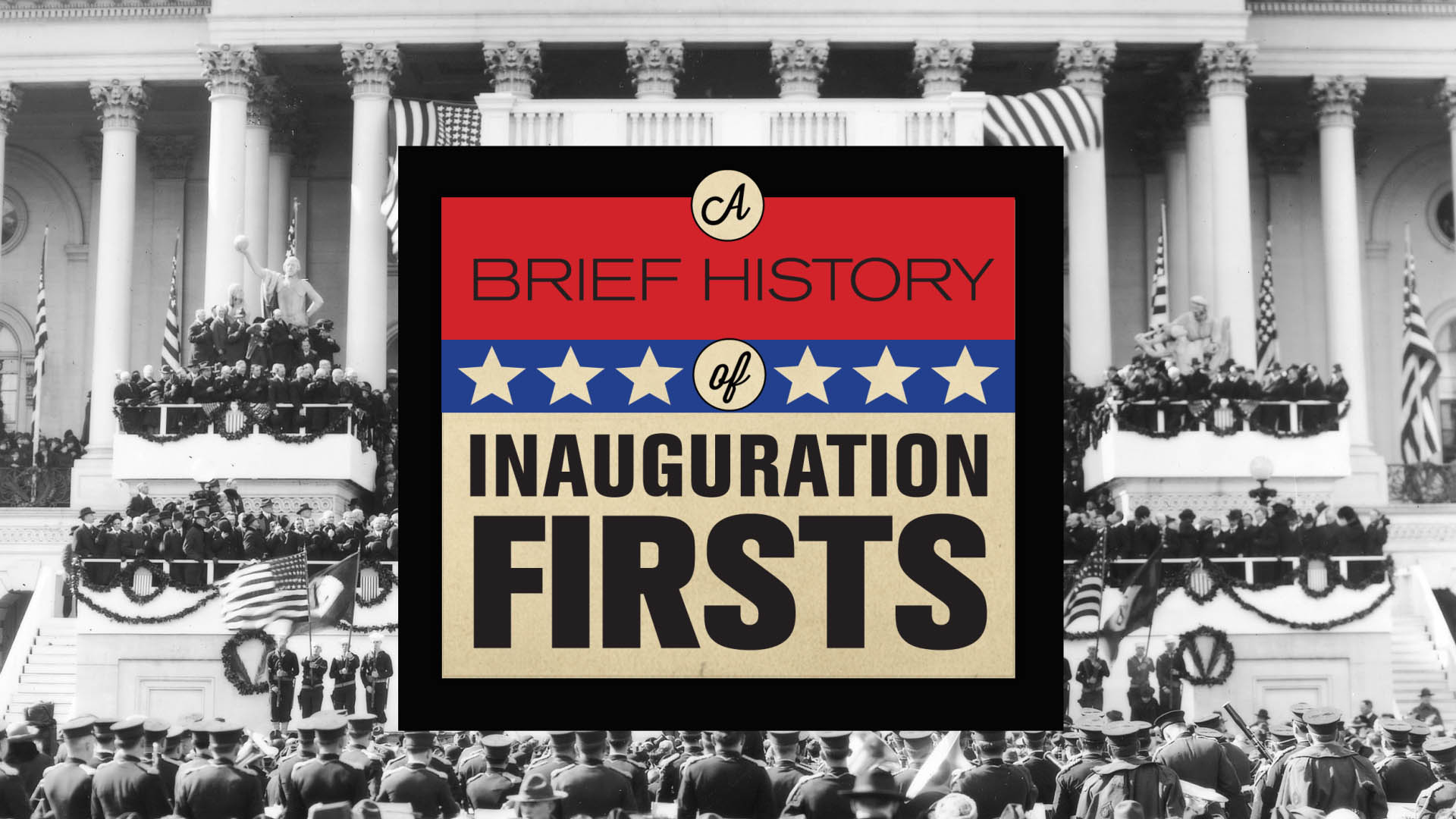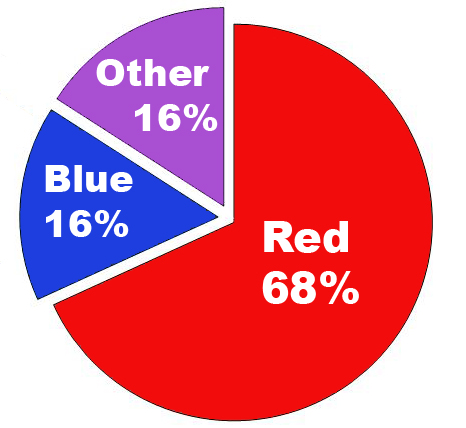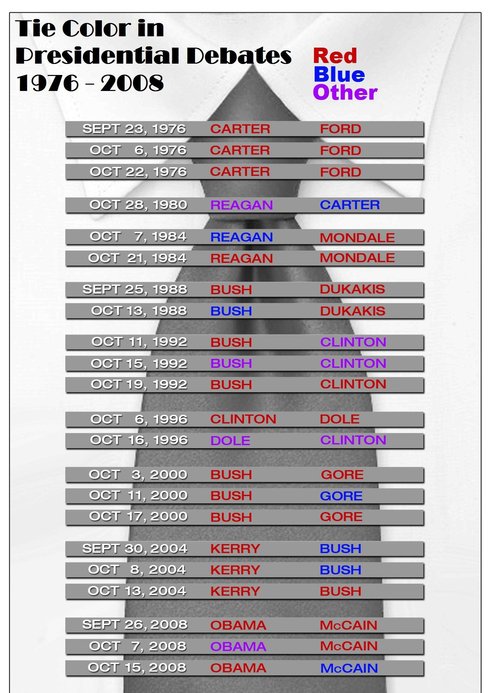A Brief History of Inauguration "Firsts" with Chris Matthews
 Friday, January 18, 2013 at 2:06PM
Friday, January 18, 2013 at 2:06PM  Graphic by Andrew Gooss
Graphic by Andrew Gooss
Brush up on your history of US Inaugurations with this montage of "firsts" from the last 57 inaugurations.
Transcript:
The 2013 inauguration marks the fifty-seventh time a President has been sworn into office -- and like any national tradition, the ceremony, from oath to parade, has evolved over the last two and a quarter centuries.
Washington’s Inauguration was not only a first for our country, but also the first and only to be rescheduled because Congress delayed the election. Andrew Jackson was the first sworn in on the east side of the Capitol Building and Reagan was the first sworn in on the west. The shortest Inaugural address was George Washington’s second while the longest was William Henry Harrison’s, who talked for almost two hours in the winter rain. He caught pneumonia and died a month later.Six Presidents have taken the oath outside Washington, George Washington, first in New York City and then Philadelphia, John Adams, in Philadelphia, Chester Arthur, in New York, Teddy Roosevelt, in Buffalo, Calvin Coolidge, in Plymouth Vermont and LBJ, in Dallas.
James Polk’s Inauguration was the first to be covered using the telegraph, and Warren Harding’s parade was the first to use cars. James Buchanan’s Inaugural was the first one photographed and William McKinley’s was the first filmed. Calvin Coolidge’s was the first on radio and Hoover’s was first in a movie newsreel. The first inauguration to be televised was Harry Truman’s and the first streamed on the internet was Bill Clinton’s second. Lincoln’s parade was the first to include African Americans and Wilson’s was the first to include women.
While bad weather moved the ceremony indoors for William Howard Taft and Ronald Reagan, Grant toughed it out in 16 degrees, and Jack Kennedy in 20 degrees, without an overcoat.
FDR’s inauguration was the first held in January, after a constitutional amendment moved the date up from March. And finally, more people witnessed Barack Obama’s first than any other event ever held in Washington.
 Address,
Address,  Ceremony,
Ceremony,  History,
History,  Inaugural,
Inaugural,  Inauguration,
Inauguration,  Oath,
Oath,  Swearing in,
Swearing in,  US,
US,  first,
first,  presidential
presidential 


